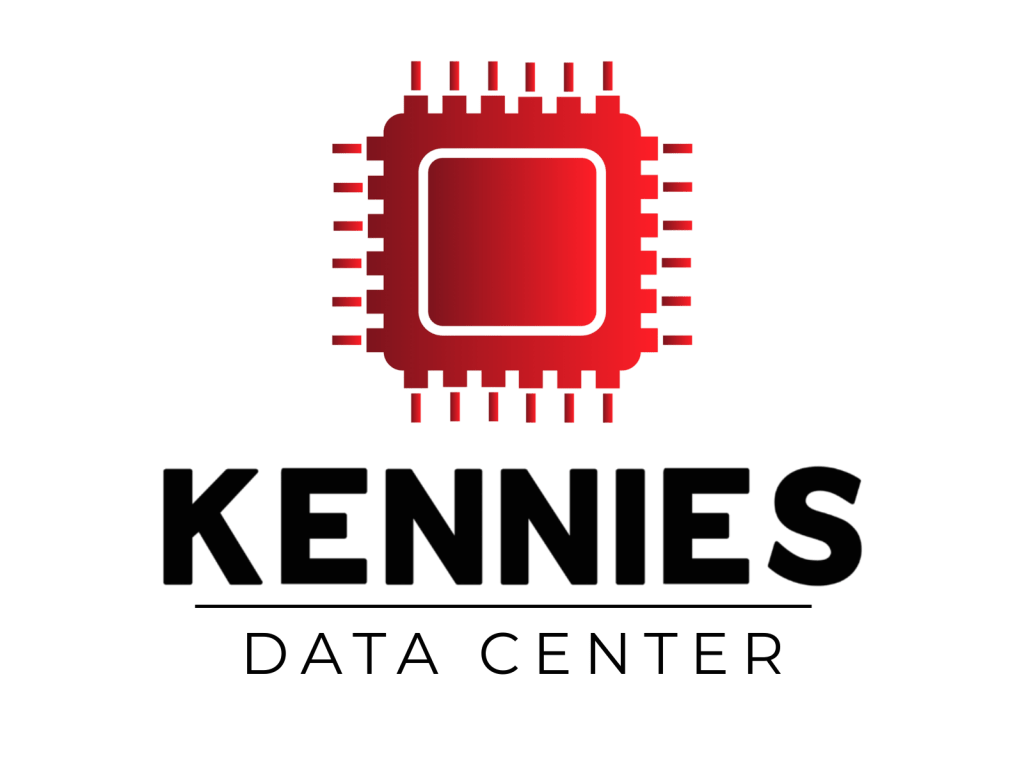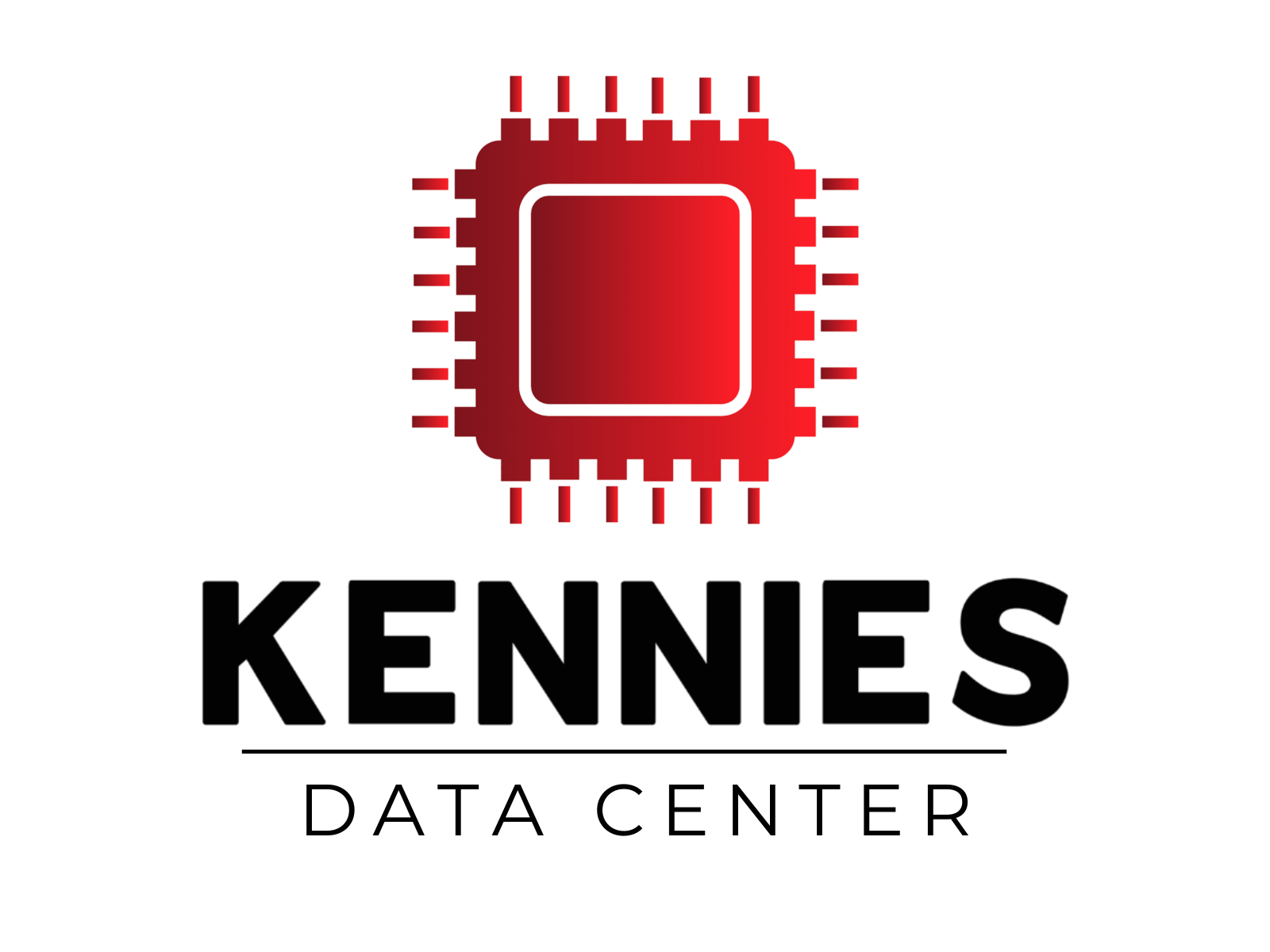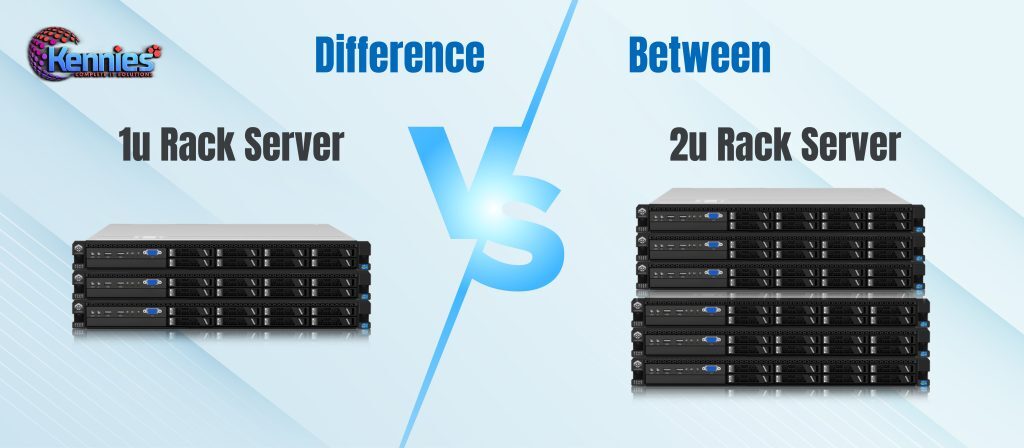
In the competitive digital landscape, website performance can make or break a startup’s success. While entrepreneurs focus on product development and marketing, one crucial factor often gets overlooked: server location. The physical placement of your website’s servers dramatically impacts performance, user experience, and ultimately, your bottom line.
This comprehensive guide explores how server location affects website speed and performance, why it matters for startups, and how to make informed decisions that drive growth.
What is Server Location?
Server location refers to the physical geographical position where your website’s data is stored and processed. When a user visits your website, their browser sends a request to your server, which then responds by delivering the requested content. The location of this server plays a crucial role in determining how quickly this exchange happens.
Think of server location as the warehouse for your digital business. Just as Amazon strategically places fulfillment centers near major population hubs to ensure faster delivery, web servers should be positioned to minimize the distance data travels to reach your users.
Difference Between Physical Location vs. Virtual Server Presence vs. CDN Nodes
Understanding the different types of server presence is essential for making informed hosting decisions:
Physical Server Location represents the actual data center where your server hardware resides. This could be a dedicated server rack in New York, London, or Singapore. The physical location determines the baseline latency for all users accessing your site.
Virtual Server Presence occurs when cloud providers offer virtual machines across multiple regions. Services like AWS, Google Cloud, and Microsoft Azure allow you to deploy virtual servers in various global locations without owning physical hardware. This provides flexibility to serve users from multiple regions simultaneously.
CDN Nodes or Edge Servers are distributed servers that cache copies of your content across numerous locations worldwide. Content Delivery Networks (CDNs) like Cloudflare, Amazon CloudFront, and Fastly maintain hundreds of edge servers globally, ensuring your content is delivered from the closest possible location to each user.
The Science Behind Server Location and Website Speed
Latency is the time it takes for data to travel from point A to point B. In web terms, it’s the delay between when a user clicks a link and when the server begins responding. This is measured in milliseconds (ms), and even small improvements can significantly impact user experience.
Response time encompasses the entire duration from request initiation to complete content delivery. This includes latency plus the time required for the server to process the request and transmit all necessary data.
How Physical Distance Between Server and User Impacts Data Transfer Speed
- Speed of Light Limitations: Data travels through fiber optic cables at approximately 200,000 kilometers per second – about two-thirds the speed of light. While this seems instantaneous, the cumulative effect of distance becomes significant in web performance.
- Network Routing Complexity: Data rarely travels in straight lines. Internet routing through various network nodes, switches, and submarine cables can easily double or triple baseline latency.
- Cumulative Delay Effect: Each network hop adds processing time. A request from Tokyo to New York might pass through 15-20 different network nodes, each adding 1-5ms of processing delay.
- Real-World Distance Impact: Consider a user in Tokyo accessing a server in New York. The straight-line distance is roughly 11,000 kilometers, introducing about 55 milliseconds of baseline latency before considering routing complexity.
- Multiple Request Multiplication: Modern websites require 50-100 separate resource requests. If each experiences 100ms additional latency, total delay can exceed 5-10 seconds.
Why Startups Should Prioritize Server Location
Server location directly affects latency, compliance, and customer experience. Choosing a strategic location helps startups deliver faster services and meet regional regulations.
- First Impression Impact: Unlike established companies with loyal customer bases, startups must capture users from their very first interaction. Slow loading times during initial visits can permanently lose potential customers.
- Limited Marketing Budget Efficiency: Startups typically have constrained marketing budgets. Every visitor acquired through paid advertising or organic efforts must convert effectively. Poor performance due to server location wastes precious marketing investments.
- Competitive Differentiation: In crowded markets, performance can be a key differentiator. Users consistently choose faster websites over slower alternatives, even when features are comparable.
- Resource Optimization: Startups operate with limited technical resources. Choosing optimal server locations from the start prevents costly migrations and performance troubleshooting later.
- Scalability Foundation: Proper server location planning establishes infrastructure for future growth. Strategic placement supports international expansion without major architectural overhauls.
- User Acquisition Cost Reduction: Better performance leads to higher conversion rates, effectively reducing customer acquisition costs by improving the efficiency of existing traffic.
- Brand Perception Protection: Slow websites create negative brand associations that can persist even after performance improvements. Getting server location right initially protects brand reputation.
How Server Location Impacts User Experience
Closer server proximity reduces latency, speeds up response times, and ensures smoother interactions for users, especially in content-heavy applications.
- Initial Connection Latency: The time required to establish a connection between user and server increases with distance, affecting the very first step of page loading.
- Resource Request Multiplication: Each CSS file, JavaScript library, image, and font requires a separate request. Distant servers multiply latency across dozens of resources.
- Progressive Loading Delays: Modern websites load progressively. Each stage of loading experiences cumulative delays from server distance, creating cascading performance issues.
- Mobile Network Amplification: Mobile networks typically have higher baseline latency. Server distance compounds mobile performance problems significantly.
- Third-Party Resource Impact: External resources like analytics scripts, social media widgets, and advertising networks add additional server location variables affecting overall performance.
The Relationship Between Speed, Bounce Rates, and User Engagement
Research consistently demonstrates the critical relationship between website speed and user behavior. Google’s extensive studies reveal that as page load time increases from 1 to 3 seconds, bounce probability increases by 32%. When load time reaches 5 seconds, bounce probability jumps to 90%.
These statistics are particularly relevant for startups because new visitors have minimal investment in your brand. Established websites can sometimes retain users despite performance issues due to brand loyalty or unique content, but startups rarely enjoy this luxury.
Key Performance Thresholds:
- Under 1 second: Excellent user experience, minimal abandonment
- 1-3 seconds: Good performance, acceptable for most users
- 3-5 seconds: Noticeable delays, increased bounce rates
- Over 5 seconds: Poor performance, significant user abandonment
Industry data reveals alarming abandonment rates tied to loading performance: 40% of users abandon websites that take more than 3 seconds to load, 79% of users who experience poor performance are less likely to purchase from the same site again, and each 1-second delay in page load time can reduce conversions by 7%.
Effects of Server Location on SEO and Search Engine Rankings
Search engines factor in server location when ranking sites for local queries. Hosting closer to your audience can improve visibility and crawl speed.
- Core Web Vitals Integration: Google’s Core Web Vitals include server response time as a key ranking factor, directly linking server location performance to search visibility.
- Crawl Budget Optimization: Faster servers receive more frequent and thorough crawling from search engines, leading to better indexing of new content and updates.
- Mobile-First Indexing Priority: Google’s mobile-first approach emphasizes mobile performance, where server location impact is often magnified due to network limitations.
- User Experience Signals: Search engines monitor user behavior metrics like bounce rate and session duration, which are directly influenced by server location performance.
- Page Experience Ranking Factor: Google explicitly uses page experience as a ranking signal, incorporating loading performance affected by server location.
The Role of Server Location in Geotargeting and Local SEO
Search engines use IP location to deliver region-specific content. Hosting in the target region supports better targeting and ranking for local keywords.
- Geographic Relevance Signals: Search engines use server location as one indicator of geographic relevance, particularly for location-specific queries and local businesses.
- Regional Search Result Preferences: Servers located in target markets may receive preference in regional search results, especially for country-specific domains and local businesses.
- Local Business Listing Consistency: Server location can reinforce other local SEO signals like business address and phone numbers, creating stronger geographic relevance.
- International SEO Strategy: Multi-national startups benefit from servers in target countries, supporting international SEO efforts and local market penetration.
- Regulatory Compliance Benefits: Some regions prefer or require local hosting for businesses operating in specific jurisdictions, affecting both SEO and legal compliance.
Impact on Crawlability and Search Engine Indexing
Search engine crawlers face the same latency limitations as human users. Slow server response times can limit how frequently and thoroughly search engines crawl your website. This is particularly problematic for startups publishing frequent content updates or managing large product catalogs.
Google’s crawl budget allocation considers server response times. Consistently fast servers receive more frequent crawling, leading to faster indexing of new pages and content updates. For startups competing for search visibility, this can provide a significant advantage.
Additionally, server location affects how quickly search engines discover and index new content. Startups publishing time-sensitive content, news, or product updates benefit from servers that enable rapid search engine discovery.
Content Delivery Networks (CDNs) and Server Location
Content Delivery Networks represent a sophisticated solution to server location limitations. CDNs maintain networks of distributed servers, called edge servers or points of presence (PoPs), across numerous global locations. When users request content, the CDN routes requests to the nearest available server.
CDNs work by caching static content – images, CSS files, JavaScript libraries, and other unchanging resources – across their distributed network. Dynamic content that requires database interactions or personalization continues to originate from your primary server, but static resources load from nearby edge servers.
The CDN process involves intelligent routing algorithms that consider server load, network conditions, and geographic proximity to deliver optimal performance for each user request.
How CDNs Work in Server Location:
- Geographic Distribution: CDN providers deploy servers across continents, countries, and major cities to create a global network of content delivery points
- Intelligent Routing: When a user requests content, the CDN automatically determines their geographic location and routes the request to the nearest available edge server
- Content Caching: Static content (images, CSS, JavaScript, videos) is cached and stored on edge servers closest to user populations, reducing dependency on origin server location
- Origin Server Backup: If requested content isn’t available on the edge server, it’s retrieved from the origin server and then cached locally for future requests
- Load Balancing: CDNs distribute traffic across multiple servers based on geographic proximity, server capacity, and network conditions
- Real-Time Optimization: Advanced CDNs continuously monitor network conditions and automatically adjust routing to maintain optimal performance
- Edge Computing: Modern CDNs can process dynamic content at edge locations, reducing the need to communicate with distant origin servers
- Anycast Technology: Uses a single IP address that automatically routes users to the closest server location based on network topology
How CDNs Mitigate the Limitations of Distant Server Locations
CDNs cache content across global edge servers, delivering data from the nearest node to users. This reduces latency, improves speed, and ensures reliable access worldwide.
- Latency Reduction: Content served from geographically closer edge servers significantly reduces data travel time
- Load Distribution: Multiple servers share traffic load, preventing single-point bottlenecks that occur with distant single-server setups
- Redundancy and Reliability: If one edge server fails, traffic automatically routes to alternative servers, ensuring consistent availability
- Bandwidth Optimization: Cached content reduces load on origin servers, improving overall performance for all users
- Traffic Spike Management: Distributed infrastructure can handle sudden traffic increases better than single distant servers
- Global Reach: CDNs enable consistent performance worldwide without requiring physical servers in every target market
When and Why Startups Should Use a CDN
A CDN improves page load times, enhances user experience, and protects against traffic spikes or DDoS attacks. Here are the reasons why startups should implement CDN.
- Multi-Regional User Base: Startups serving users across multiple geographic regions benefit significantly from CDN implementation, as single server locations cannot optimize for all markets simultaneously.
- Traffic Growth Management: CDNs help manage increasing traffic loads without requiring immediate server upgrades, providing cost-effective scaling solutions for growing startups.
- Performance-Sensitive Applications: E-commerce platforms, media streaming services, and interactive applications benefit from CDN performance improvements that directly impact user experience and conversion rates.
- Limited Technical Resources: CDNs provide global performance optimization without requiring complex server management, making them ideal for startups with limited technical teams.
- Cost-Effective Global Presence: CDNs offer global performance benefits at a fraction of the cost of maintaining servers in multiple regions, making international performance accessible to early-stage startups.
- SEO and Marketing ROI: Performance improvements from CDNs enhance SEO rankings and improve marketing campaign effectiveness by reducing bounce rates and improving user engagement.
Additional Factors Influencing Website Speed
Website speed, a critical determinant of user experience and business success, isn’t solely dictated by a single element, server location. It is also affected by caching, image optimization, server specs, database efficiency, bandwidth, and front-end code quality.
- Server Hardware Specifications: CPU power, RAM capacity, and storage type (SSD vs. HDD) significantly impact server response times, sometimes offsetting geographic distance disadvantages.
- Network Infrastructure Quality: Premium hosting providers maintain direct connections to major internet backbones, reducing network hops and improving routing efficiency.
- Bandwidth Allocation: Insufficient bandwidth creates bottlenecks regardless of server proximity, making bandwidth planning crucial for performance optimization.
- Database Optimization: Database query efficiency affects server response times, with poorly optimized databases causing delays that compound geographic latency issues.
- Content Compression: Gzip compression and modern compression algorithms reduce data transfer requirements, partially mitigating the impact of longer network distances.
- HTTP Protocol Versions: HTTP/2 and HTTP/3 provide performance improvements through multiplexing and reduced connection overhead, optimizing data transfer efficiency.
- Caching Strategy Implementation: Browser caching, server-side caching, and application-level caching reduce the frequency of server requests, minimizing geographic distance impact.
- Image and Media Optimization: Optimized images, responsive sizing, and modern formats like WebP reduce bandwidth requirements and improve loading performance across distances.
Criteria for Choosing the Right Server Location
A server closer to your target audience ensures lower latency, faster load times, and better SEO performance. Choosing the right server location is crucial as it directly affects website speed, user experience, and regulatory compliance. Here’s how an startup choose the right server location.
- Target Audience Geographic Analysis: Analyze user demographics, traffic patterns, and market research to identify primary user concentrations and prioritize server locations accordingly.
- Performance Requirements Assessment: Different applications have varying latency tolerances. Real-time applications require stricter location optimization than content-heavy websites.
- Budget Constraints and Cost-Benefit Analysis: Balance performance benefits against hosting costs, considering premium pricing for popular server locations versus cost savings in emerging markets.
- Regulatory and Compliance Requirements: Data protection laws like GDPR or industry-specific regulations may mandate specific server locations or data residency requirements.
- Future Growth and Expansion Planning: Consider potential market expansion and user base growth when selecting server locations to avoid costly migrations later.
- Competitive Landscape Analysis: Evaluate competitor performance and server locations to identify opportunities for competitive advantage through strategic placement.
- Technical Infrastructure Requirements: Assess hosting provider capabilities, network quality, and support availability in different regions to ensure reliable service delivery.
- Disaster Recovery and Redundancy Needs: Plan for backup server locations and failover capabilities to maintain service availability during outages or technical issues.
Best Practices and Recommendations of Server Location for Startups
Choosing the right server location is crucial for startups aiming to deliver fast, secure, and scalable digital experiences to their users.
- Conduct Comprehensive Performance Testing: Use tools like Pingdom, GTmetrix, and WebPageTest to measure performance from multiple geographic locations before making final server location decisions.
- Implement Monitoring and Analytics: Deploy Real User Monitoring (RUM) tools to track actual user performance across different regions and identify optimization opportunities.
- Start with Primary Market Optimization: Focus initial server placement on your largest user segment, then expand to secondary markets as growth and budget allow.
- Consider Hybrid Cloud Strategies: Combine dedicated servers in primary markets with cloud services for flexibility and geographic expansion capabilities.
- Plan for Scalability from Day One: Choose hosting providers and architectures that support easy geographic expansion without major infrastructure changes.
- Leverage Free Tier and Trial Options: Many cloud providers and CDN services offer free tiers that allow testing different server locations without significant upfront investment.
- Establish Performance Benchmarks: Set clear performance targets for different user segments and geographic regions to guide server location decisions and measure success.
- Regularly Review and Optimize: Monitor performance metrics continuously and adjust server location strategies as user demographics and business needs evolve.
- Document Configuration and Dependencies: Maintain clear documentation of server configurations and dependencies to facilitate future migrations or expansions.
- Build Relationships with Quality Hosting Providers: Establish partnerships with reliable hosting providers who can support your growth and provide guidance on optimal server placement strategies.
Conclusion
Server location significantly impacts startup website speed and performance, influencing user experience, SEO rankings, and business success. The physical distance between servers and users creates latency that affects every aspect of website performance, from initial page loads to ongoing user engagement.
Key Impacts Recap:
- Geographic distance directly correlates with increased latency and slower performance
- User abandonment rates increase dramatically with poor loading performance
- Search engine rankings incorporate server performance as a ranking factor
- CDNs provide effective solutions for geographic performance challenges
- Strategic server placement offers competitive advantages for startups
For startups, server location optimization provides a competitive advantage that can differentiate their offerings in crowded markets. The relationship between server location and performance affects user acquisition, retention, and conversion rates – critical metrics for startup success.
The investment in optimal server location pays dividends through improved user experience, better search engine rankings, and increased conversion rates. In an environment where milliseconds matter and first impressions determine success, strategic server location decisions can provide the performance edge that transforms promising startups into thriving businesses.
As your startup grows and evolves, regularly reassess server location strategies to ensure they align with changing user demographics, expansion plans, and performance requirements. The foundation you build today through thoughtful server location planning will support your startup’s growth trajectory and competitive positioning in the global digital marketplace.










